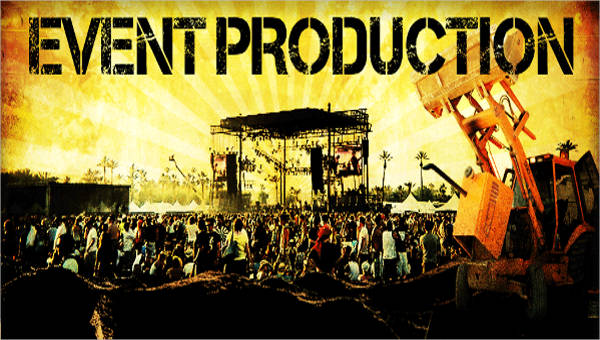Revolutionizing Spectator Engagement Via Immersive VR Encounters in Live Performances
Revolutionizing Spectator Engagement Via Immersive VR Encounters in Live Performances
Blog Article
In the past times, virtual reality has become a powerful instrument for boosting viewer engagement in real-time performances. This technology allows audiences to submerge oneself in a 3D environment, creating a distinct encounter that traditional media cannot duplicate. Through utilizing VR, producers can move viewers into the core of the action, making them feel as if they are integral of the show. This groundbreaking approach not only captivates viewers but also unlocks new possibilities for narrative and engagement.
A of the primary advantages of employing VR in real-time productions is the ability to create a greater engaging experience. Audiences can engage with the show in the moment, shaping the result or exploring different perspectives. For example, in a theater show, viewers wearing VR goggles can choose to follow specific characters or scenes, allowing them to customize their encounter. This degree of engagement cultivates a more profound bond between the viewers and the show, rendering it even memorable and impactful.
Additionally, VR technology can enhance the visual and auditory elements of a live performance. Using top-notch visuals and audio design, producers can build stunning environments that draw viewers in. This immersive characteristic can raise the complete experience, making it more engaging and pleasurable. For example, a musical performance can be converted into a rich encounter, where audience members experience as if they are on stage with the performers. Such enhancements not only attract bigger viewers but also promote return viewing, as audiences seek This Site to relive the excitement.
Alongside enhancing viewer engagement, VR can also provide insightful data for creators. Through examining how viewers interact with the virtual environment, creators can gather data on audience preferences and behaviors. This information can inform future productions, helping to customize material to more effectively satisfy the needs and desires of the audience. As a result, VR not only enriches the current encounter but also adds to the development of real-time performances as a complete entity.
With the technology continues to advance, the possibilities for VR in real-time performances is immense. Ranging from stage shows and musical events to athletic events and festivals, the possibilities are endless. By adopting this cutting-edge method, creators can transform the way audiences engage with real-time performances. With an increasing number of creators explore the integration of VR, it is likely that we will see a change in how shows are crafted and presented, ultimately leading to a more immersive and participatory prospect for real-time productions.